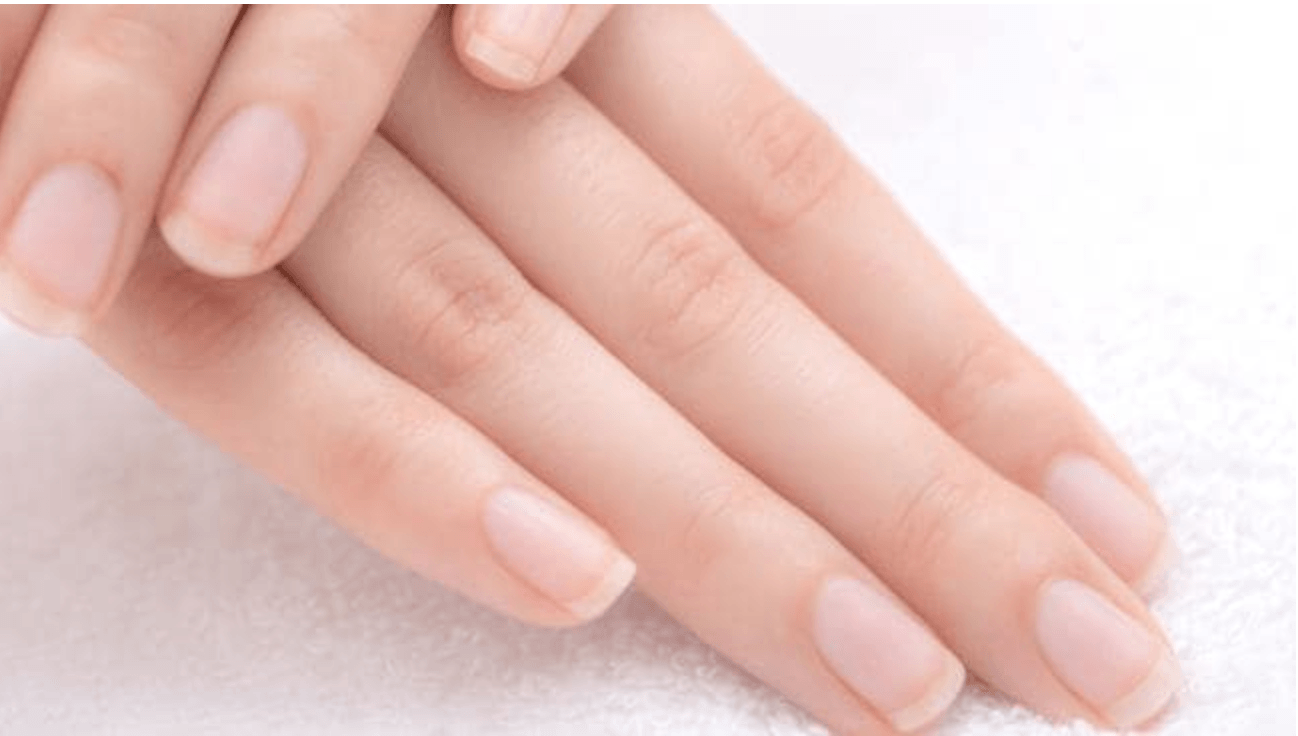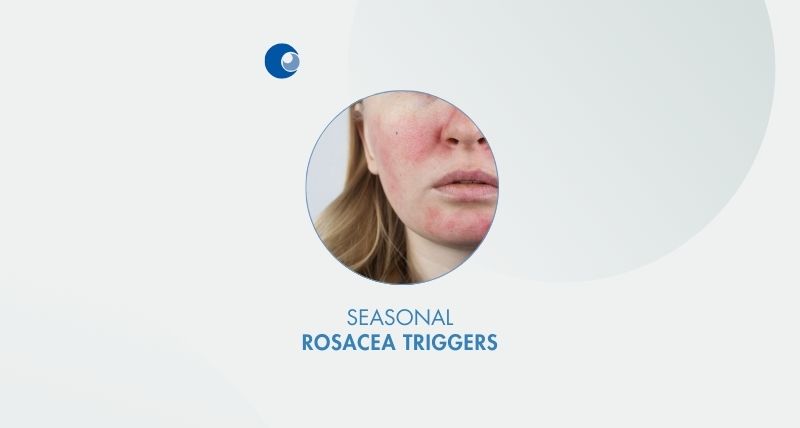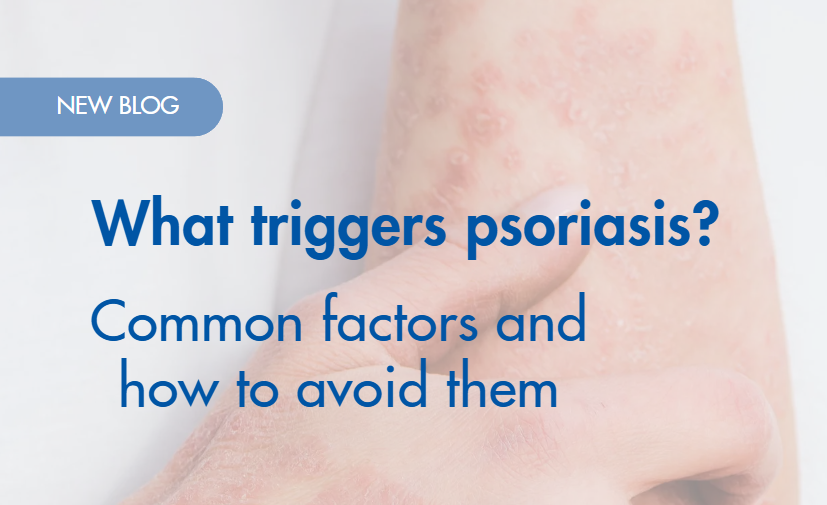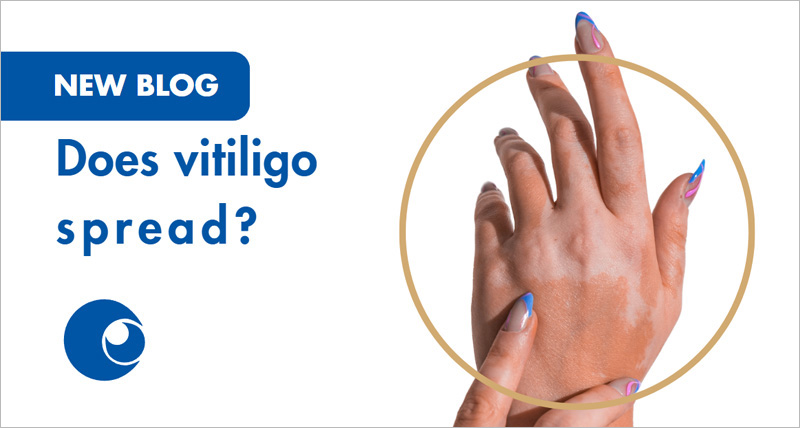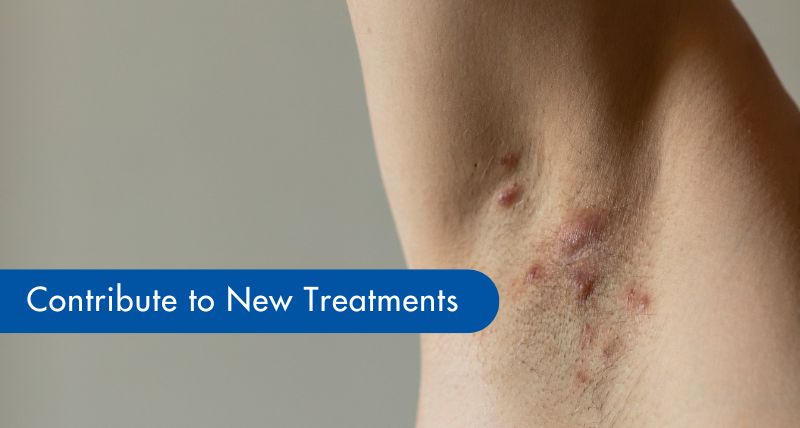Often nails are only thought about in the cosmetic frame of mind but looking at them a little bit more closely might be wise. You see, nails are in fact remarkable parts of our bodies and can inform a person, or a medical professional a great deal about the overall health of an individual.
Dr Samantha Eisman, Consultant Dermatologist at Sinclair Dermatology says: “The nail and the nail apparatus are important indicators of an individual’s health and affect people of all ages. They can signify both systemic and local disease.”
In fact, changes in nails can be signs of anything from lung cancer, liver disease, heart disease to thyroid issues – so being aware of any is important.
We asked Dr Eisman about some of these nail conditions to keep an eye out for.

1. Nail clubbing
“Very rarely fingernails can develop clubbing. This means that the fingertips enlarge, they become soft and spongy, and the nail curvature over the tip changes (and look like the tip of drum sticks),” says Dr Eisman.
Clubbing is likely the result of “decrease oxygen flow to the fingertips” but can also be indicative of serious underlying medical conditions, including: “lung or heart disease, intestinal and liver disease, thyroid abnormalities and cancers,” she says.
Although it can be a sign of a serious underlying health issue it can also be what Dr Eisman calls a “familial occurrence – a normal occurrence in some family members.”

Image: Supplied.Source: BodyAndSoul
2. Beau’s lines
“Beau’s Lines appear across the nail as a linear dent or groove. They represent a period of time when the nail matrix, the power house of the nail and where the nail grows from, stops growing.
This can happen in a time of severe illness or can be due to medication like chemotherapy, a major surgery, child birth or trauma,” says Dr Eisman.
Some medical conditions that have been associated with the development of Beau’s Lines include: coronary thrombosis, myocarditis, hypopituitarism, hyperthyroidism, gout, diabetes mellitus, hypertension, epilepsy, renal failure, and glomerulonephritis.

Terry’s Nails. Image: Supplied.Source: BodyAndSoul
3. Terry’s nails
“In Terry’s Nails the nails appear white (leukonychia) and the half-moon (lunula) is unable to be visualised. A small rim of the normal pink colour can still be seen at the top edge of the nail,” says Dr Eisman.
Evidence of Terry’s Nails can be indicative of “liver disease, thyroid disorders, malnutrition or heart and kidney failure. The changes are thought to be due to an overgrowth of connective tissue,” Dr Eisman explains.

Spoon nails. Image: Supplied.Source: BodyAndSoul
4. Spoon nails
“Spoon shaped nails (koilonychia) are common and normal in young children as their nails are very soft and thin. In an adult, the changes are more pronounced as the nail takes on a concave shape.”
Dr Eisman says that, “these changes may represent underlying medical disorders specifically iron deficient anaemia and need prompt investigating.” But can also be caused by other conditions such as trauma of high altitude.

Onycholysis/ Nail plate separation. Image: Supplied. Source: BodyAndSoul
5. Onycholysis/ Nail plate separation
Dr Eisman describes Onycholysis as the “detachment or separation of the nail plate from the nail bed. It usually starts at the edge of the nail and progresses towards the cuticle. The detached nail appears white-yellow because of air trapped in the layer between the nail plate and the nail bed.”
She said that it is often caused by a skin condition such as psoriasis, eczema or fungal nail infection, medication such as tetracycline antibiotics, sunlight, thyroid problems or even manicuring, from nail varnish to artificial nails.

Yellow Nail Syndrome. Image: Supplied. Source: BodyAndSoul
6. Yellow nail syndrome
“Yellow Nail Syndrome is a disorder that can cause yellow nails, lymphoedema (leg swelling) and lung disease,” says Dr Eisman.
It presents through nails by causing slow nail growth, over curvature of the nail and absence of the cuticle and nail plate separation. Dr Eisman explains that the “nail plate is not always yellow but can range from pale yellow to orange. Initially, several nails may be affected but eventually all twenty nails will become involved.”
Although the cause of Yellow Nail Syndrome is not known, Dr Eisman says “hypotheses includes genetic, immunodeficiency, and autoimmunity causes.”

Nail thickening/ Onychogryphoisis. Image: Supplied. Source: BodyAndSoul
7. Nail thickening/ Onychogryphoisis
Dr Eisman says that Onychogryphosis typically affects the elderly, “with thickening and hardening of the nail plate, usually the big toenail in a typical ram’s horn shape.”
“It is associated with trauma, poor fitting footwear, neglect, impaired peripheral circulation such as Peropheral Vascular Disease, and nerve damage.”
It can also be a sign of Psoriasis.

Brittle nails. Image: Supplied. Source: BodyAndSoul
8. Brittle nails
Brittle or fragile nails are very common and usually affects the fingernails in anyone who performs wet work or who washes regularly with detergents. This includes people who are employed as: healthcare workers, hairdressers, cleaners, food, beauty therapists and beverage handlers.
The “signs of nail brittleness include splitting, softness, flaking, crumbling, ridging and splitting.
Brittle nails may be associated with pain and unpleasant cosmetic appearance of the nails and can impair daily and occupational activities,” says Dr Eisman.
As well as less serious health issues and conditions, brittle nails can also be a sign of: Raynaud’s Syndrome (circulation problems in your extremities), Hypothyroidism, iron deficiency and due to cancer treatment.
Article was written by Shona Hendley [Body+Soul]

